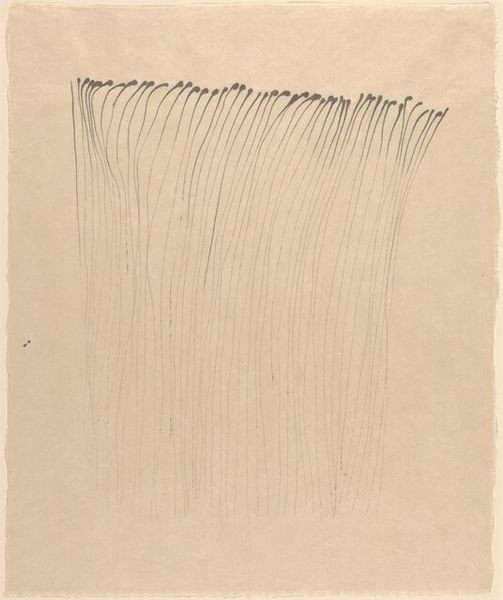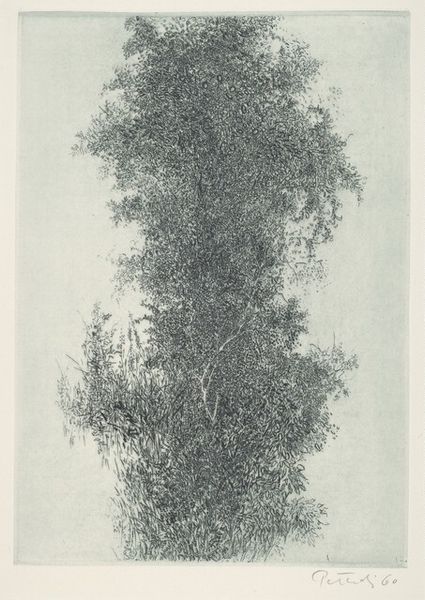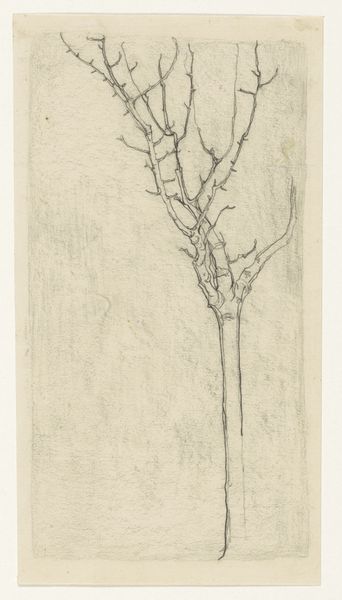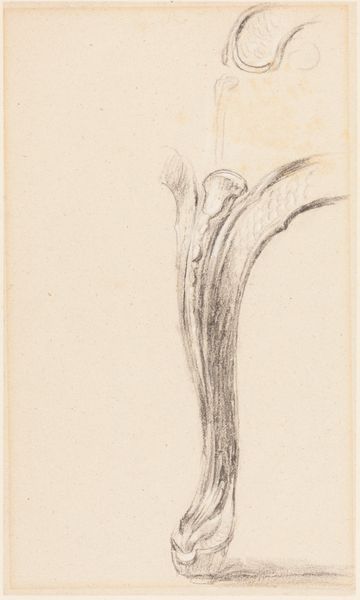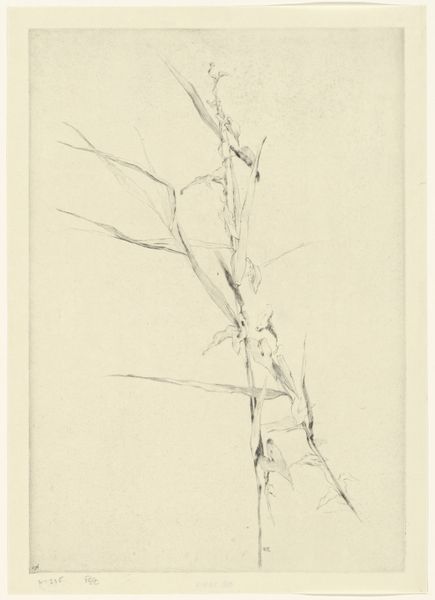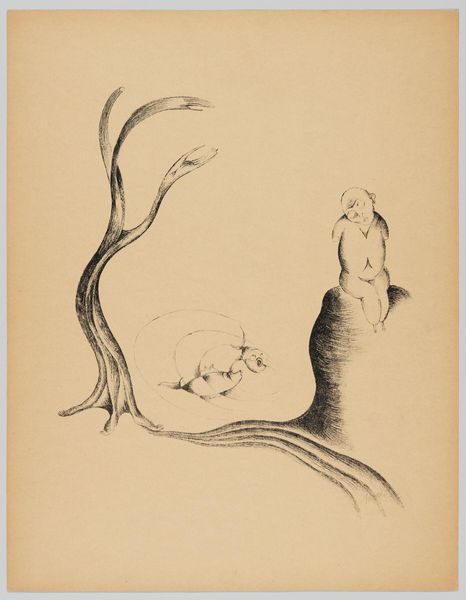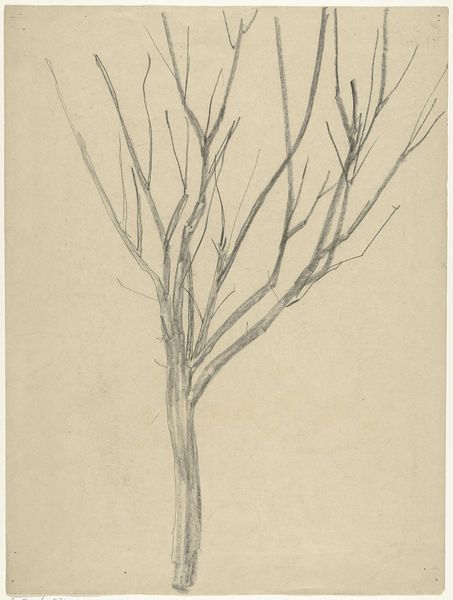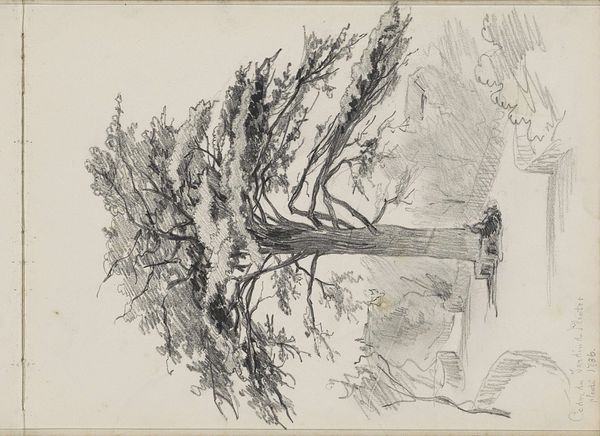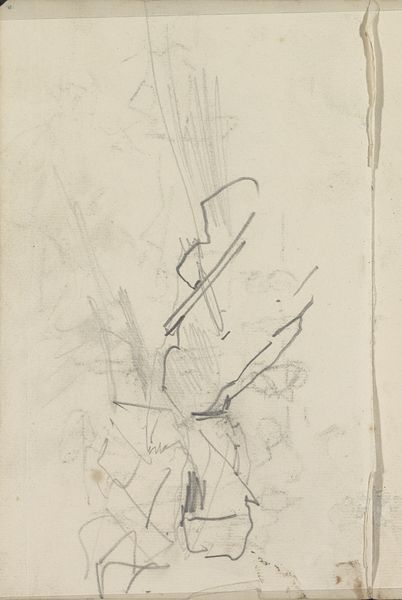
#
amateur sketch
#
toned paper
#
light pencil work
# print
#
pencil sketch
#
personal sketchbook
#
ink drawing experimentation
#
pen-ink sketch
#
sketchbook drawing
#
watercolour illustration
#
sketchbook art
Copyright: National Gallery of Art: CC0 1.0
Editor: This is "The Henley Hat," a print by Theodore Roussel. It seems to be a study, or maybe even an experiment. I am quite curious about how to understand a work that is clearly more process- than object-oriented. How do you read this piece? Curator: That’s an astute observation. What does its process-oriented nature make you think about the context it was made in? Editor: Well, without a specific date, it’s hard to know precisely, but the visible sketch lines make me think of works-in-progress. Curator: Exactly. We have a few competing narratives to consider: on the one hand, we see increasing industrialisation producing an alienating world that values quantity over quality. We might consider the Arts and Crafts movement arising in reaction, emphasizing individual craftsmanship, artistic skill, and high-quality materials. Editor: And, on the other hand...? Curator: On the other hand, you could see artistic investigation that looks beyond just the craftedness of the art object. Looking back at it through the lens of "art for art's sake" movement, what are we supposed to be contemplating in an image such as this? Where is the skill? Editor: Perhaps it's in the confidence to leave so much out, a new visual economy that privileges suggestion over description? Curator: Indeed, maybe skill resided less in mimicking reality, but in prompting imagination and association... What did an artistic figure *do*? Or who did it empower? These questions shift how art is experienced in a gallery space, right? It may ask what work gets deemed ready for a showing. Editor: Absolutely. I see it much differently now, especially knowing it opens discussions on art production. Thanks for your insight! Curator: My pleasure.
Comments
No comments
Be the first to comment and join the conversation on the ultimate creative platform.
